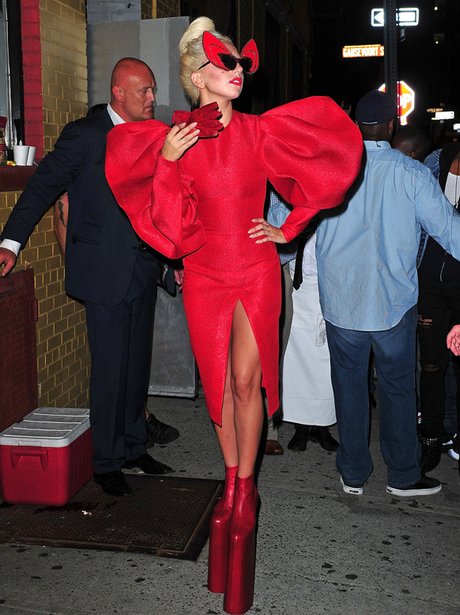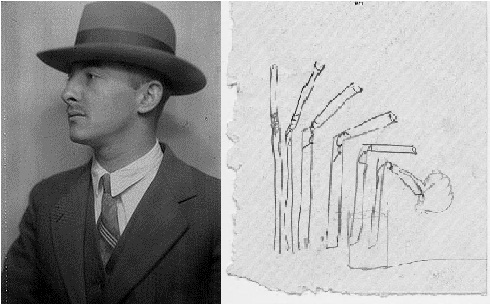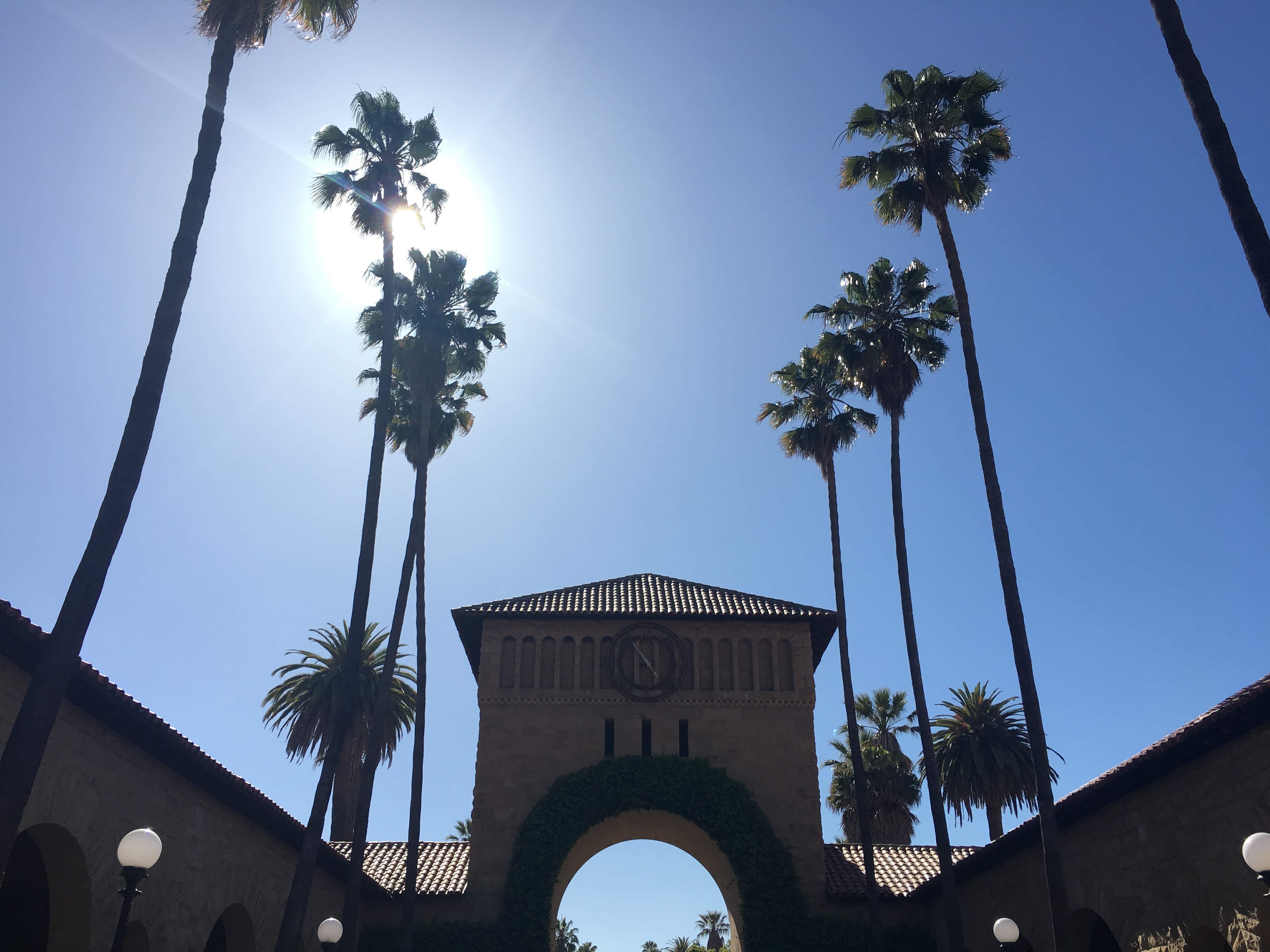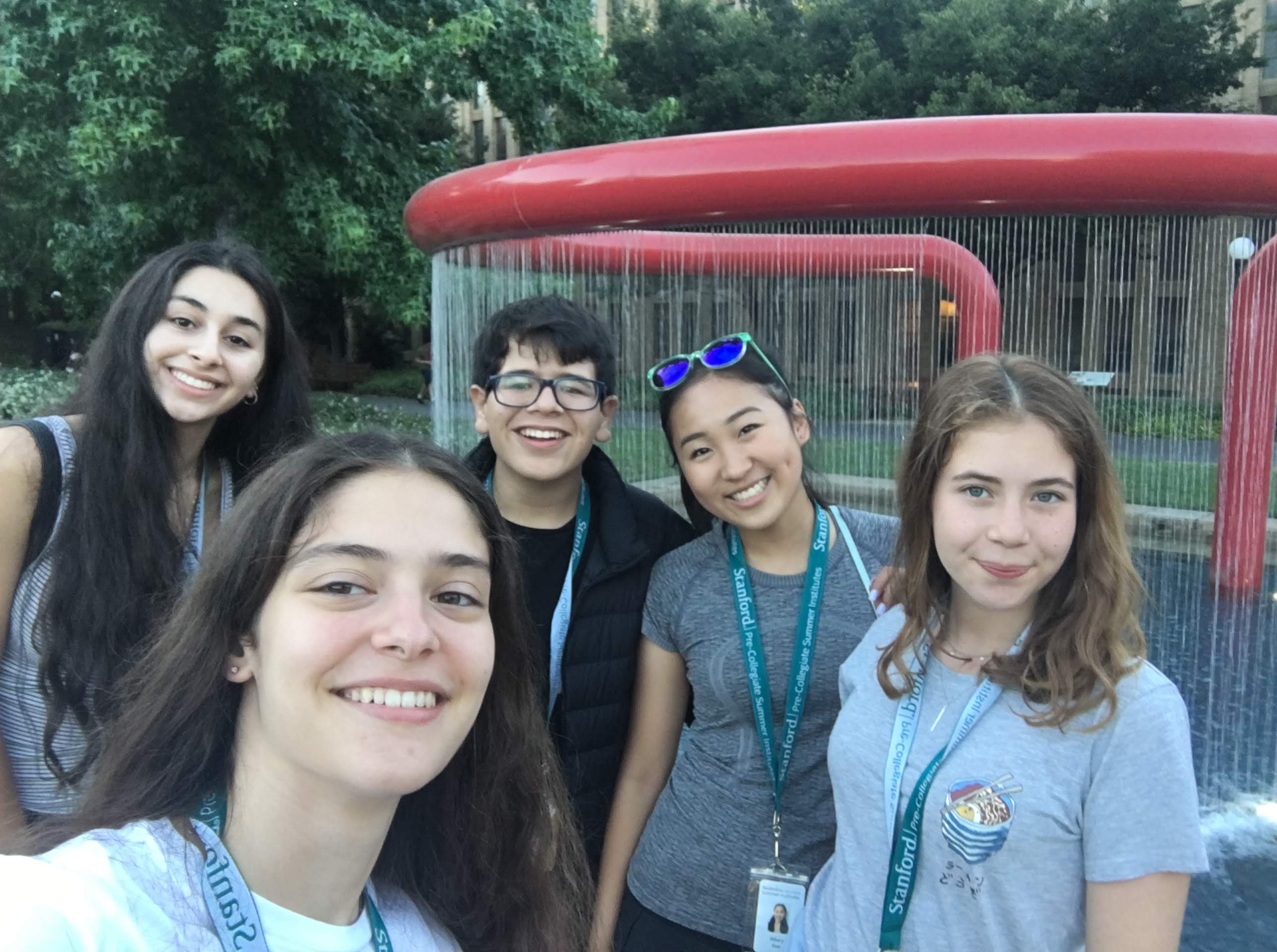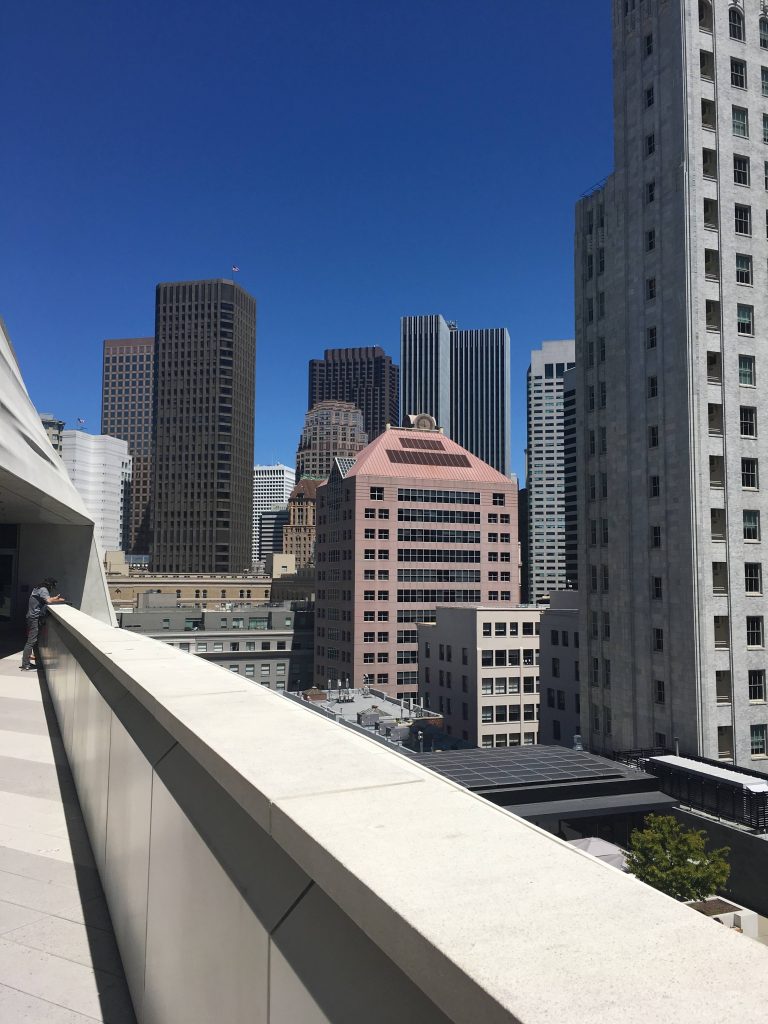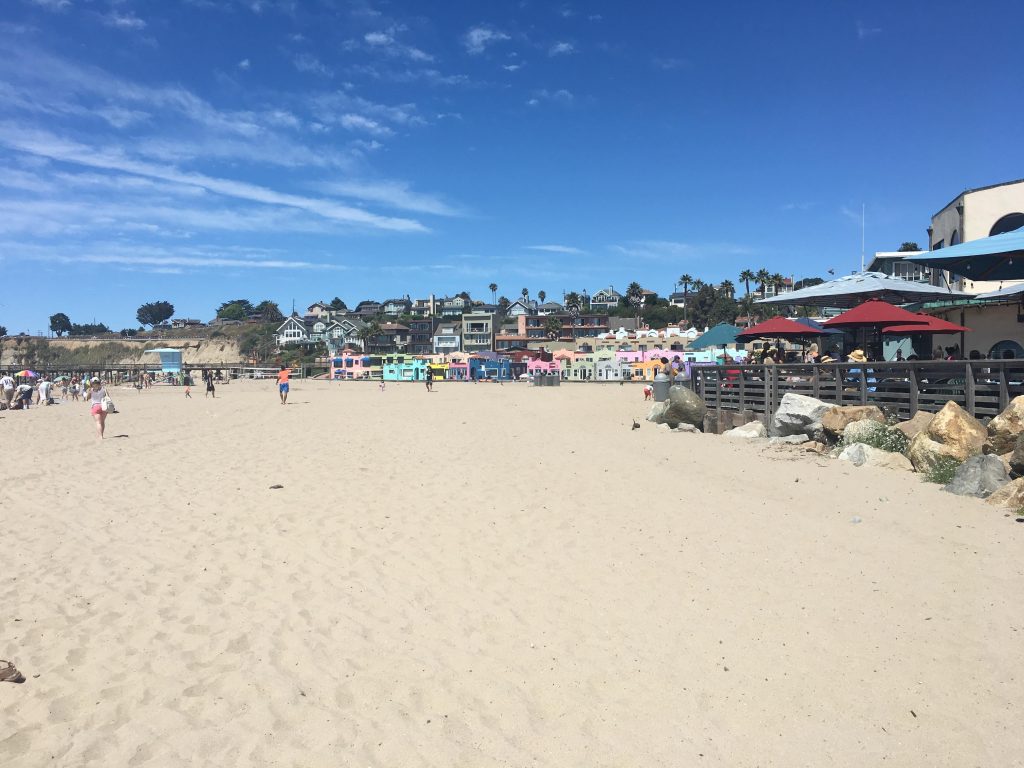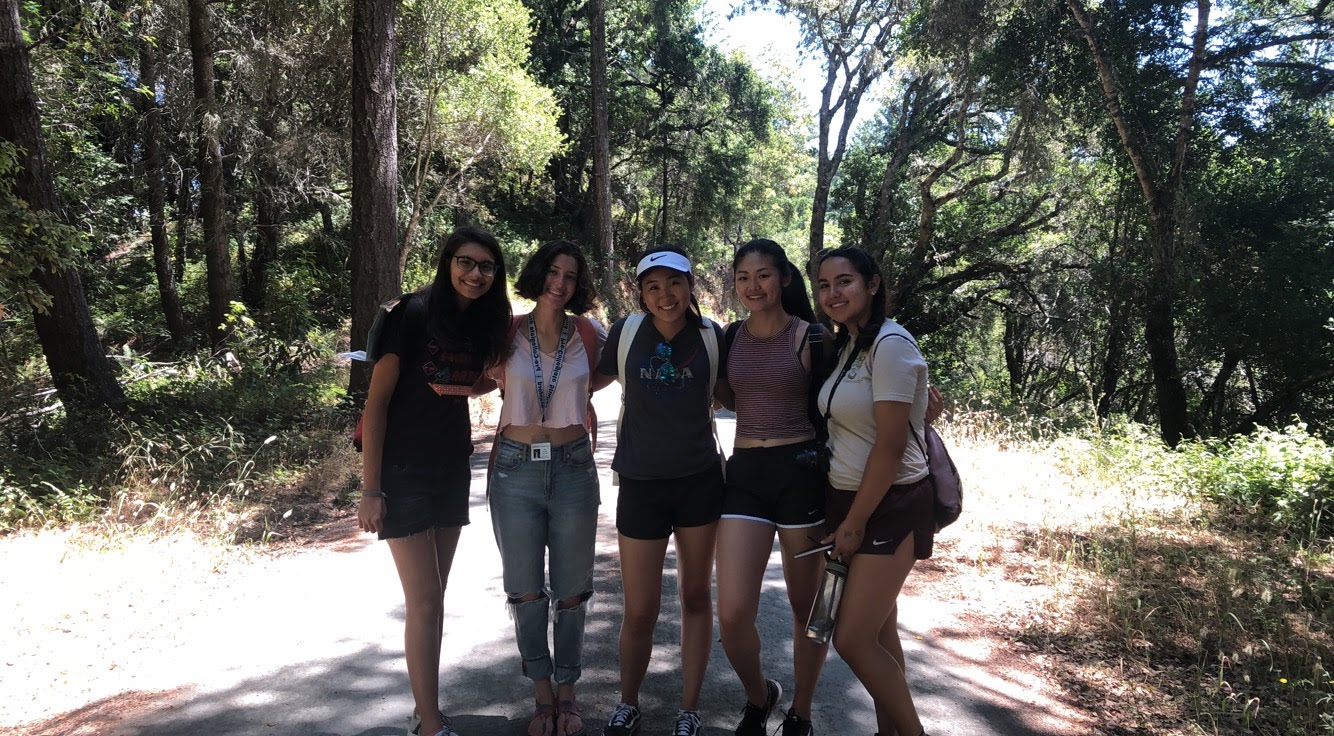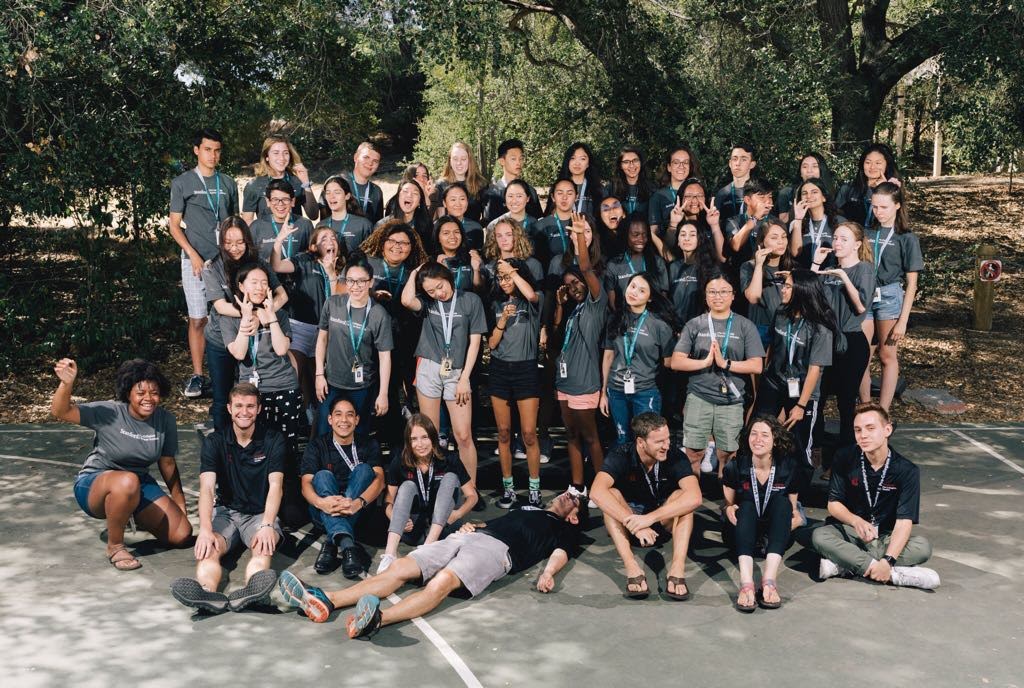Often referred to as the “world’s oldest profession,” prostitution has existed in society for thousands of years. In recent years, many countries have decriminalized sex-work in an attempt to improve the health and safety of prostitutes. Since 2014, Canada has legalized the selling of sex, but criminalized the purchasing or “obtain[ing] for consideration… the sexual services of a person.” In New Zealand, sex-work has been legal since 2003. The brothels are even run under public health and employment laws. Switzerland, which has regulated prostitution since 1942, is one of eight European countries that have legalized sex-work to some extent. The Netherlands, another European country to legalize sex-work, made prostitution a legal profession in 1988. However, for many countries like Bangladesh, sex-workers are treated as criminals, and many laws create an atmosphere that restricts prostitution, therefore harming the sex-workers. Regardless, sex-work is still completely legal in Bangladesh.

Especially in western society, many advocacy groups have encouraged sex-work as a tool for empowerment, increased safety, and destigmatization of sexuality. Often, sex-work is a means for marginalized, suppressed people to overcome socioeconomic disadvantages. Through legalization, many advocate groups believe that this empowerment will no longer have to come at a risk of safety. Countries yet to decriminalize sex-work struggle with forced prostitution, increased transmission of STD’s, and non-consensual sex. Aside from using sex-work as a tool to overcome social and economic suppression, many believe that it will normalize female sexuality, and further empower the expression of femininity.
Many feminists view prostitution in a way that is is very unique: it just works. Therefore, it isn’t inherently harmful to women, and when the sex-worker is accepted and protected, it can be beneficial to women. Truthfully, women who aren’t degraded or forced into the field enjoy the work as they can express their sexuality. As well, prostitution can be used to explore sexuality that is currently restricted by societally “normal” relationships. Often what restricts the empowerment of women and sexuality through prostitution, is a societal agreement on morals inspired by puritan ideals.
A plethora of people believes that the criminalization of sex restricts the rights of each person to make informed decisions on their body. Other feminists recognize that prostitution can be viewed as a misogynistic practice that puts male ownership over female bodies. This is made abundantly clear considering that a synonym of a prostitute is the unreasonably white slave. However, in areas where the prostitute can choose their clients and deny service, the seller is in control over the buyer. Further, the selling of sex isn’t the selling of oneself, rather it is the selling of sexuality; in this same way, managers for example are using and selling their leadership abilities to do a job.
Considering that sex-work isn’t inherently oppressive, many have called for conditions that allow for women to benefit through this occupation. Firstly, a strict difference needs to be set between forced sex-work or sex trafficking and voluntary sex work. Non-consensual sex-work must be completely eradicated in order to ensure the safety of those sex-workers who chose the profession. As well, health and safety must be a top priority for legally run brothels. Following labour laws, allowing unionization, and educating workers on STD’s and sexual risks, is important to maintain quality of life for sex-workers. Finally, even in places where sex work is legal, people of colour are discriminated against, causing these sex-workers to be treated unfairly, receive limited hours, and be ignored for positions of prestige. Anti-discriminatory laws must be commonplace, not only for sex-work, but across all professions in society. Furthermore, areas of sex-work desperately require education and destigmatization. Viewing this profession as illegitimate and dirty is scrutinizing and disrespects those who have chosen prostitution as a means of self-expression. Kelly Bell, an author for Inquire Journal recognizes the potential profit of prostitution saying,
My argument is that prostitution should be made legal, sex workers offered the same rights and respect as workers in any other field, and that by doing this sex work can become something that benefits women and humanity in general.
When this gender-equal argument for the legalization of prostitution is put into practice, there are many benefits. Especially in European countries, sex-workers have benefited from the legalization and regulation of their practice. In the Netherlands, Amsterdam’s Red Light District contains around 8,000 active prostitutes. Prostitution has been legal in the Netherlands since the 1800s, but it became a legal profession in 1988. Now that the job is legal, prostitutes are awarded the same basic rights as other workers. Meaning, that they pay taxes, they receive health insurance, they are eligible for unemployment benefits, they work in unions, and they can receive unlimited STI checks. The Red Light District is further regulated by police, who have increased patrol in the area. In brothels, panic buttons are situated to deal with unruly clients and considering that sex-workers are apart of the Dutch workforce, prostitutes are in better positions to come forward with sexual assault allegations.

Intense regulation of sex-work over the years has also combatted against sex trafficking, giving the workers further security. In a 2012 study from Harvard, it was found that,
Countries with legalized prostitution are associated with higher human trafficking inflows than countries where prostitution is prohibited.
This was made abundantly clear in the Netherlands in 2008 when six people were sentenced to seven years for the human trafficking of 100 female victims. A year later, two Nigerian men were convicted for smuggling 140 women from Nigeria to the Netherlands. However, through further regulation, human trafficking has become less of a concern for sex-workers. Amsterdam has allowed sex-workers to open their own brothels through a project named My Red Light, in an attempt to further empower and provide independence for the workers. A prostitute involved explained to the Guardian,
Everything in this project, from the statutes to the decoration of the rooms, is thought out by sex workers.
This step forward has allowed the men and women to determine their own rental terms and working hours. Although Amsterdam and Europe still require further regulation to improve the conditions of the industry on a broader scale, through current policies and initiatives, the sex-workers of the Red Light District have experienced better working conditions, leading to personal empowerment and a truthful expression of their unique sexuality.
Ideally, by keeping gender equality and worker’s rights in mind, countries that legalize prostitution can help combat sex trafficking and help those who voluntarily work in the industry stay safe, professional, and empowered. However, many countries that don’t have the same conditions as European countries like the Netherlands, create an unsafe environment for the worker’s, even though it is legal. Bangladesh, for example, has legalized prostitution, but lack of gender equality, representation in the government, and societal respect for the workers has unfortunately seen human traffickers utilize the decriminalization to make money through forced prostitution. The Office of the High Commissioner for Human Rights recognizes this difference between the Netherlands for example, and Bangladesh explaining,
Women in sex work are often looked at as ‘criminals’ even when Bangladesh Penal Code does not criminalize sex work but there is a wide range of laws that create an atmosphere, which criminalizes sex work and thus the sex worker.
Bangladesh has as many as 100 000 sex-workers, and one of the largest brothels in the world, Daulatdia, is compared to a small city, housing over 1 300 workers. The stories of these 100 000 women are polar opposites to the experiences of sex-workers in countries like the Netherlands; instead of receiving support from the government that allows the industry to succeed safely, sex-workers in Bangladesh are disregarded and mistreated, trapped in a life of drugs and slavery.
In Bangladesh, child marriage is legal, and a recent bill from 2017 reduced the minimum marital age to zero. This leaves many women susceptible to abuse from their husbands and often rapists. Sometimes, husbands force their wives into sex-work for money. Another common experience of sex-workers in Bangladesh is if the husband dies, many women turn to brothels to survive. Women with dead husbands are ostracized from society due to the fact that they are no longer virgins. Aside from marriage, many women are kidnapped and forced into brothels. Countless women inside the brothels of Bangladesh are even unsure of their age.
Vice reported on the experiences of prostitutes in Bangladesh, highlighting Anupa, a woman kidnapped into sex-work for the mega-brothel Dautladia. She has no idea how old she is after she was sold by a broker for $400. To pay of her “debt,” she is forced to have sex with multiple clients per day. Although she doesn’t know her age, she isn’t an adult. To overcome that, she is fed steroids used to plump up cows, leaving her unrecognizable to herself.
After taking the pill, whatever beauty I had is gone now. My skin is ruined and my figure is not like before. I am suffering a lot for this. I am not like before.
Dautladia is Bangladesh’s largest and oldest brothel, built under British colonial rule. It is owned by a local politician’s family, who succeeds off of the booming business. Dautladia is so large, it acts as a small town for the sex-workers inside. There’s beauty salons, markets, places to gamble, and no incentive for the women to leave; they couldn’t even if they wanted to.
Brokers, known as dalals, bring the girls to the brothels and sell them. They promise a better life for these girls who are abandoned by their family, spouse, or left begging after their carer dies. A dalal who refused to share his name explained,
We roam around the streets in the evening. We talk to the girls for a while. We tell them there’s a better place than this, let us take you there. We tell them there is a place where you can work more safely. This is how we bring them to the brothel. Then the girls get trapped by the madams.
Underage girls like Anupa are often forced to take steroids to appear grown up. Their pimps feed them highly addictive steroid used by over 90% of the young girls in Dautladia to make them appear developed and “healthier.” Pharmacists sell these steroids inside the brothel for less than a dollar. The drug can cause bone and kidney damage, possibly leading to death. Regardless, a pharmacist explains,
It sells. Girls get it, box after box. There’s a lot more in other shops.

Bangladesh sex-workers are essentially treated like cattle
UN reported that hundreds of thousands visit sex-workers every day. The industry is completely unregulated by the government. As a consequence of this, pedophiles, abusers, and drug addicts take advantage of the industry. Karim, a customer of Dautladia for many years, says he enjoys having sex with little girls. He even encourages them to do drugs like Yaba (a methamphetamine) with him, explaining that,
It makes me last longer. Instead of 5 minutes, I can go on for 10 minutes when I have sex.
It is illegal for anyone under 18 to work in prostitution, but of the 200 000 sex-workers in Bangladesh, most of them are teenagers. Thousands of teenagers work in the industry through force and to survive. Men come to the brothels to escape a society where it is taboo to have sex before marriage and illegal to gamble. However, that escape comes at an extreme mental and physical cost for the women enslaved in the brothels and forced to have sex with men often more than twice their age.
A multitude of the sex-workers working in brothels like Dautladia are second or third generation prostitutes, in certain cases, descendants from women working under British rule. The future’s of these children are desperate, but non-governmental organizations have been attempting to provide an education that will allow these susceptible children to follow a better path in life. There are six “second chance” schools near Dautladia, run by the Bangladesh Rural Advancement Committee. There are 38 000 primary schools in Bangladesh for vulnerable children that have dropped out of formal education or never entered, to begin with. Primary education is free in government schools, but the closest one to Dautladia is a half an hour walk away. BRAC isn’t the only NGO with schools near Dautladia, but it is the only one that provides free primary education like government schools. For the most part, the children of the sex-workers are exactly like the other kids at school, other than being often a little more aggressive and bold than the other pupils.

A teacher at one of the BRAC schools, Salma Akter, explains that the children are approaching a conjuncture,
The sons leave when they’re about 14, to find work and go on their own way. Many of the girls go into their mother’s profession but not all of them; more of them are studying and moving on.
Akter has been teaching at the school for nine years.

Equipped with education, there’s hope that the sons and daughters of sex-workers will lead a better path. A foster mother outside the school confirms a belief held by many,
So what if their mother is doing dirty work? A kid is a kid. Everyone’s not equal but our kids can be.
Evidently, sex-work in the Netherlands, for example, is a total opposite to the experience of prostitutes in developing countries like Bangladesh. Even though prostitution has been decriminalized in both countries, the attitudes of society and the government are extremely different, causing the sex-workers in Bangladesh to suffer due to a lack of protective policy. Sex-workers in Bangladesh suffer extreme abuse, often being forced into the industry, even when they are underage and being encouraged to take drugs to combat the fact that they are children. A huge contributor to the mistreatment and ignorance of sex-workers is the deep-rooted sexism in Bangladesh government and society. On all levels of government, Bangladesh routinely experiences corruption that harms the quality of life of all Bangladeshi citizens, especially marginalized groups. Further, Bangladesh as a civil society, continually practices son preference, a belief, and practice where baby girls are killed due to the fact that the family wanted a son. Also known as female infanticide, the fact that 93% of families viewed girls as a “problem,” leads to rampant mistreatment of women, regardless of their age. The fact that child marriage is also legal, causes an extreme amount of women to experience abuse and sexism first hand.
Contrarily, European countries like the Netherlands hold women to a much higher value. The government is also much less corrupt. Considering this, sex-workers in the Netherlands have the government and much of society advocating for their safety and protection. This allows those working in the sex industry to feel pride and empowerment from their career of choice. For most women in Bangladesh, sex-work is not their career of choice. Whether they were sex-trafficked into the industry or forced by the hands of poverty and ostracization, the women in brothels like Dautladia are far from satisfied or safe.
Potentially, the legalization of prostitution can be successful and liberating. It can allow women to express themselves sexually and creatively in a way that respects their humanity and lifts them up. However, in the fight for legalization, one must remember that a majority of women don’t experience the privilege of gender equality. Of course, every country has room to improve in regards to gender equality and equality in general, but compared to countries like Bangladesh, the Netherlands, for example, is essentially equal. For sex-workers in the Red Light District in Amsterdam, sex-work is safe, advocated for, and liberating. Unfortunately, the women of Bangladesh who are forced into the industry as children treated like cattle, and disregarded by the government and society as a whole, not only based on their work but also their gender, the sex industry is far from empowering.
Sources-
Photos-
A Note form the Author:
Regardless of anyone’s personal political affiliation, I think the comparison between the sex industry in the Netherlands and Bangladesh is extremely important. As a Canadian, I am privileged to live in a country without a corrupt government. In Canada, we have a government who fights for the protection and satisfaction of its citizens, including marginalized groups like women. Due to this fact, we experience a coveted quality of life that we often take for granted. Personally, I believe that sex work should be legalized. I think the image of sex has been twisted in an ugly way, and I personally don’t see anything wrong with the selling of sex. I also believe that each individual person should be able to choose how to live their own life, free from undeserved judgment, particularly when their way of life doesn’t harm or affect others. However, after researching the negative effects of the decriminalization of prostitution in Bangladesh, I have realized that although legalization of sex-work can be empowering in privileged countries with government support and a progressive society, that isn’t the case for many countries around the world. Therefore, the legalization of sex-work isn’t always beneficial. Regardless of my own personal views on sex-work and aside from the sex-work example in general, I believe this comparison highlights the opportunities countries like Canada, the Netherlands, and many more have. Based off of where we are born, we, unfortunately, receive unequal potential. There is no founded reason that for example, women in the Netherlands should benefit more from the legalization of sex-work than women in Bangladesh, it is strictly based on the fact that they were born into different countries with vastly different government and societies. As a Canadian, I received a desired quality of life solely because I was born in Canada. The opportunities we receive at birth should drive us to not only continue to improve our own society but use our privilege to advocate for countries like Bangladesh, bringing them up to the same standard we have. Of course, our advocation for developing countries shouldn’t overreach into assimilation. I believe it is important to keep countries unique, but there is also a standard of equality and opportunity that all humans deserve, regardless of where they’re born.




 1. Inside the O’Briens by Lisa Genova
1. Inside the O’Briens by Lisa Genova
 3. The Hate U Give by Angie Thomas
3. The Hate U Give by Angie Thomas 
 5. Ish by Peter Reynolds
5. Ish by Peter Reynolds





